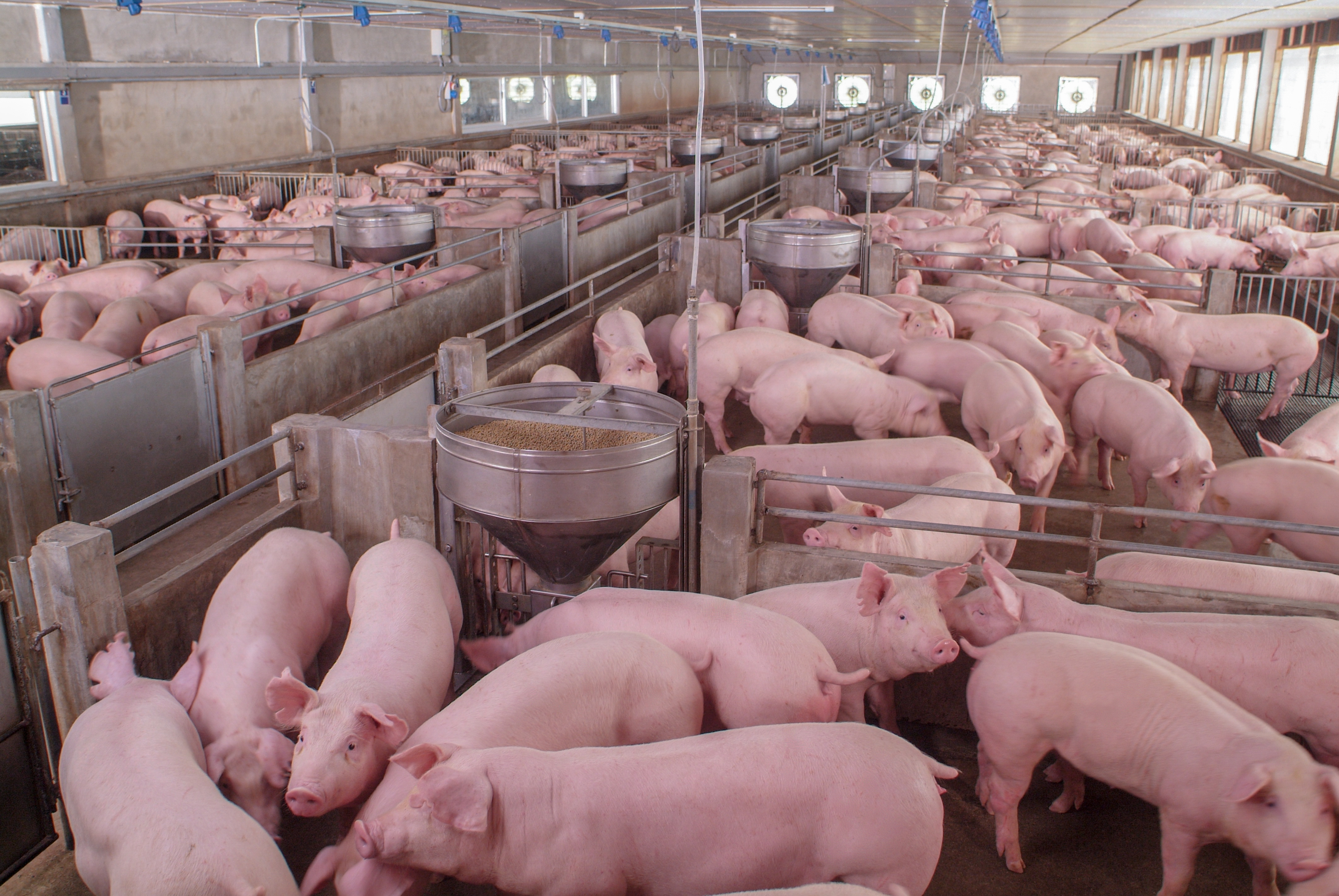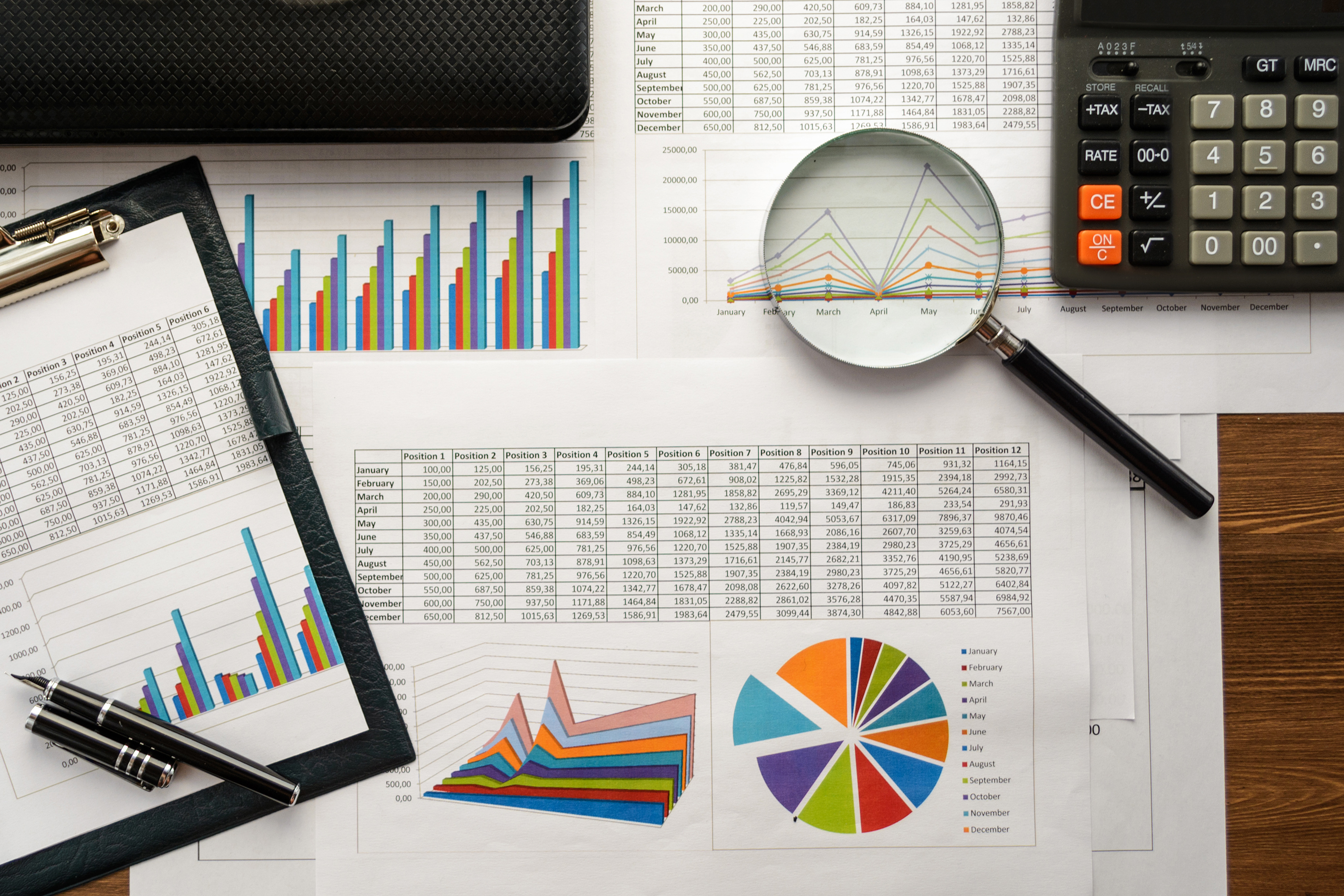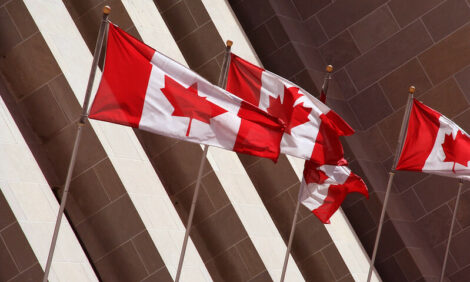



Rabobank predicts tough times for global hog producers
Rabobank's research unit has released its Pork Quarterly for Q4 2021, saying that new industry pressures will stymie the sector's growth.Global hog prices moved sharply lower, as the global recovery in production has outpaced the rebound in demand.

The rapid decline in prices and resulting producer losses in some markets will slow 2022 herd growth, helping offset improved herd health and reduced African swine fever (ASF) impacts. Prices have since stabilized but remain well below the peak.
Pork prices are also lower seasonally yet remain heavily dependent on pandemic restrictions and macroeconomic trends. Labor constraints in some markets and cost inflation will pressure production margins and could also slow herd growth. The pass-through of these costs to consumers is likely to weigh on demand, further dampening consumption – especially in income-sensitive countries.
Key highlights and analysis
China
Producers responded to rising costs and the continued threat of ASF outbreaks by reducing the herd, thus driving hog prices to new lows and forcing high-cost producers to exit. Demand remains weak, limited by pandemic dining restrictions. In response to this slowdown, China continues to limit imports in an effort to balance supply. Given ongoing demand weakness, Rabobank expects pork supplies to remain ample following herd reduction and previous restocking, but supplies could be short of needs should economic trends improve.

Europe
EU hog prices are 24% below the five-year average, on larger slaughter and weaker demand in both domestic and export markets. Producers in Germany and the Netherlands are liquidating the herd and are expected to reduce production in the coming months. Labor challenges are also an issue at some plants, though the impacts are not widespread.
US
Hog supplies will remain tight through early 2022 but will be higher compared with prior-year levels. Even so, rising costs and added regulatory constraints are expected to moderate expansion plans, as are packing constraints made worse by labor availability. Domestic demand is expected to slow as higher costs are passed through to consumers, with export growth acting as a welcome buffer.

Brazil
Producers remain optimistic, despite a 34% YOY increase in feed costs. Sales into export markets remain strong, helped by weakness in the Brazilian real and larger pork supplies. We expect a 5.5% YOY increase in pork production, with additional growth anticipated in 2022.






